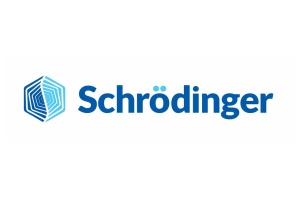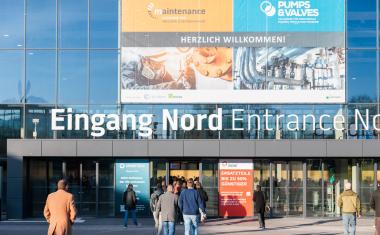Accelerated Drug Discovery
In January, Schrödinger, a provider of integrated software solutions, and the life sciences company Bayer announced a 5-year technology alliance to develop a comprehensive de novo design solution to accelerate the discovery of innovative, high-quality drugs.
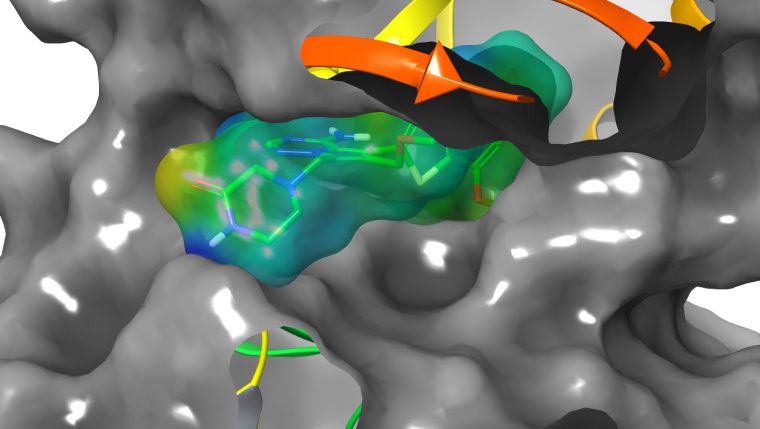
The two companies expect that the technology will be able to capture a very large number of synthesizable virtual compounds, screen them in silico – i.e. via computer models – and evaluate them to support the identification and optimization of potential new therapeutic candidates. Jörg Weiser, Managing Director of Schrödinger, and Alexander Hillisch, Head of Computational Molecular Design at Bayer, explain the background to the cooperation to CHEManager and provide an insight into current and future opportunities in drug discovery. The questions were asked by Ralf Kempf.
CHEManager: Mr. Weiser, Mr. Hillisch, what is the cooperation between Schrödinger and Bayer that was announced in early 2020 about?
Jörg Weiser: The five-year alliance between our companies aims to develop our own comprehensive de novo drug design software. The technology should be able to specify, screen and evaluate billions of synthesizable, virtual compounds to support the identification and optimization of potential new drug candidates.
The de novo design platform combines Schrödinger's molecular design technology, which is based on physics-based modeling, machine learning and enterprise informatics (LiveDesign), with Bayer's own in silico models, which are based on Bayer's enormous wealth of knowledge and data to enable predictions to be made on the absorption, distribution, metabolism, excretion, toxicity (ADMET) and chemical synthesizability of compounds. The solution to be jointly developed is intended to reveal novel and faster paths for active substance research in the future.
What exactly is a de novo design platform?
Alexander Hillisch: It’s a software platform that is able to propose potential new active compounds. In the development of drug design, de novo design is the latest stage of development. It differs from older methods in that completely new active substances are designed and at the same time important properties such as bioavailability and solubility as well as the synthesizability of the compounds in the laboratory are taken into account. We call this approach holistic. While physics-based computer simulations and artificial intelligence are at the core of these approaches, they require profound human knowledge in the operation and interpretation of computer programs, as well as in the synthesis and biological testing of compounds in the laboratory.
How did the collaboration between the two companies come about? Were there any previous joint projects?
J. Weiser: Bayer and Schrödinger have been working together continuously since 2003. Over time, a software-customer relationship developed into a partnership in which individual smaller projects were carried out to improve computer-based drug design methods. A joint meeting was held in New York as early as 2013 to discuss the possibilities of intensifying cooperation on a joint platform to be developed. These ideas are now being put into practice.
Why the triple integration of physics, machine learning and enterprise computing?
J. Weiser: The gravitational center of successful drug research is the design of molecules with the desired properties. If you want to calculate them on the level of experimental results, there is no way around physical methods. But you also need as many starting molecules as possible – millions to billions – to have a good chance of extracting a few optimal molecules from this chemical space. Ideas can be generated with the help of machine learning as well as with cheminformatics. In addition, these methods can be used to perform initial “filtering” calculations. All molecules, all calculations and all experiments must then be combined and evaluated in order to make the best decisions. This requires a system that collects and analyzes both virtual and experimental data and prepares them in a reasonable way for decision making.
„The gravitational center of successful drug research is the design of molecules with the desired properties.“
- Jörg Weiser, Schrödinger
How does the digital transformation influence the development of new drugs?
A. Hillisch: Due to the complexity of the human body and biology, the drug discovery and development process to date is very much dominated by trial and error. A large number of compounds have to be tested on many target proteins in order to arrive at a drug.
Digital methods offer undreamt-of possibilities to improve the efficiency of the drug discovery and development process. Starting with the selection of targets, through data analysis of genomic correlations and the discovery and optimization of lead structures, for example through virtual screening or de novo design. Machine learning is also applied in the production of active pharmaceutical ingredients, where decades of synthesis know-how are evaluated and applied in a computer-based manner. The opportunities are huge, especially in the complex clinical development. The design of clinical studies can be optimized by in silico analyses of genomic contexts and, when carried out, artificial intelligence and sensor technology could increase the adherence to therapy and thus lead to results more quickly.
„Digital methods offer undreamt-of possibilities to improve the efficiency of the drug discovery and development process.“
- Alexander Hillisch, Bayer
For research, however, the greatest advantage of digital approaches is that analyses are possible in silico that would not even be experimentally feasible, thus offering a new quality. In pharmaceutical research, however, digital methods will always trigger experiments and be closely linked to them.
How is increasing digitization changing the activities of researchers?
A. Hillisch: The computer does what it does best – it offers enormous computing power. This enables researchers to focus entirely on design, process optimization and contextual decisions. In the future, we will need more people in research in these areas. They keep the big picture and fine-tune a platform for a specific project.
As has always been the case in research, the job descriptions will change constantly. What remains is the need for human cooperation, because contextual decisions will be made by humans, not computers, not machines.
What makes a digital platform attractive?
J. Weiser: The real-time analysis of combined virtual and experimental results – this has never been done before. In addition, digital platforms enable much closer cooperation between researchers and research groups – the scientific community worldwide has impressively demonstrated this during the Covid-19 pandemic. Networking also means the lifting of data silos and the integration of knowledge. Moreover, we can already base decisions on data analysis to an unprecedented extent.
In addition, we learn with every analysis. Machine learning transforms a large part of the information that an organization has collected over the last few decades, or that in silico can generate, with highly accurate physical methods into knowledge that can be applied prospectively and is available any time as a calculation method for new tasks.
What does this mean for Bayer in concrete terms?
A. Hillisch: With de novo approaches, we will be able to reach our goals in certain drug discovery projects faster and with less effort, i.e. we will find lead structures and optimize active substances. Of course, we also hope to be able to pursue aspects in this way that were previously not possible. By taking a holistic view of billions of virtual compounds, it should be possible to improve compound properties in a targeted manner – without having to compromise on other properties. This is quite difficult to achieve within a structurally closely related molecule series. With the de novo approach, we believe we can achieve this more effectively.
How does Schrödinger envisage the future of drug research?
J. Weiser: We expect our platform to be a key player in the future for molecular design in pharmaceuticals, crop, green biotech, food, materials, etc. The integration of physical methods, enterprise informatics and machine learning will continue to advance. The quality of virtual data and the speed at which it is generated will continue to improve and thus become more and more relevant for decision-making in research processes. The cooperation between researchers will also become even closer, both globally and within a company. This will increase the importance of data-based decisions being rooted in collective human intelligence – this would then be a nice sublation of the industrial contradiction regarding the control relationships between humans and machines into a productive synthesis. Hegel would certainly have enjoyed this on his 250th birthday.

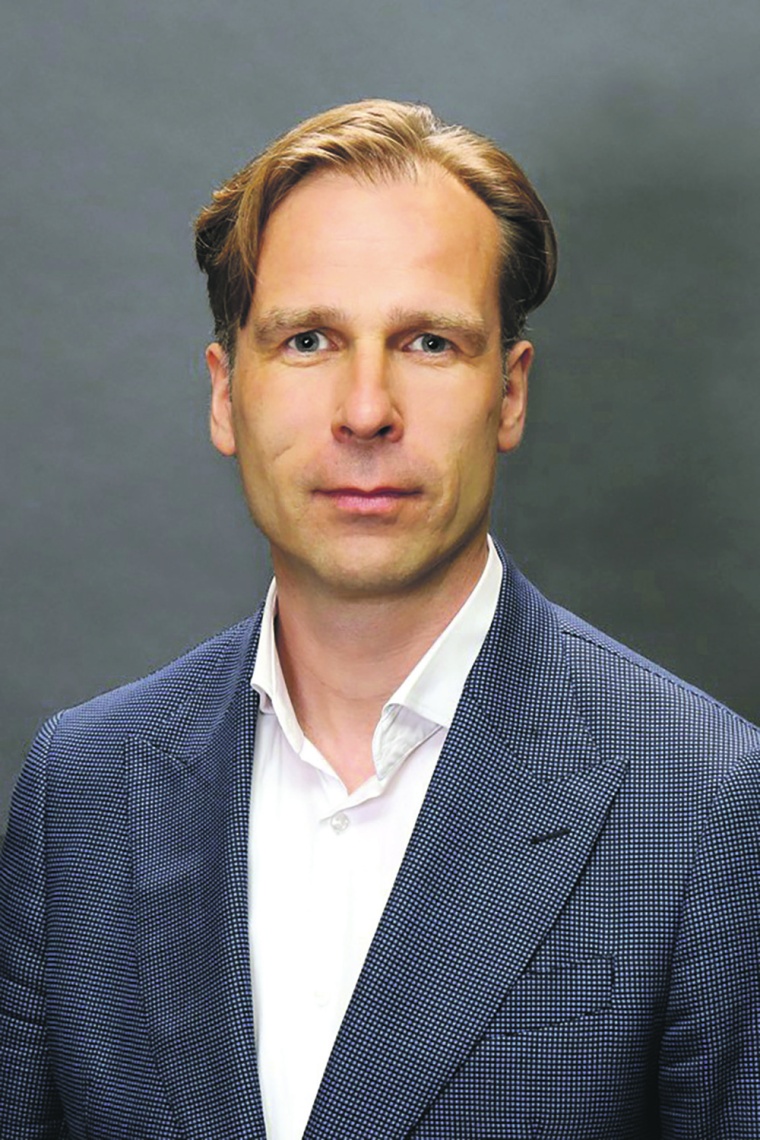
most read
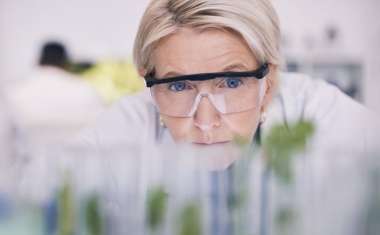
The Future of Demand for Chemicals
The chemical industry is shifting to sustainability-related products, with demand growing 4.5 times faster than conventional ones. Companies must revise their market strategies to capitalize on this opportunity.

Specialty Chemicals in a Shifting World
Jennifer Abril, President & CEO of SOCMA, discusses the impact of new tariffs and the importance of regional supply networks in the specialty chemical industry.

Maximize the Potential of Spent Hydroprocessing Catalysts
A new approach is helping reduce waste, recover value, and deliver on sustainability goals.

“Access to Talent is a Crucial Factor”
In an interview with CHEManager, Edgardo Hernandez, President of Lilly Manufacturing, explains the strategy behind the ambitious investment project.

Rugged Tablets: How to Successfully Digitize Hazardous Areas
Digital processes in hazardous areas? Durabook's rugged tablets are ATEX-certified for industrial use.

